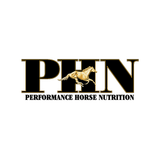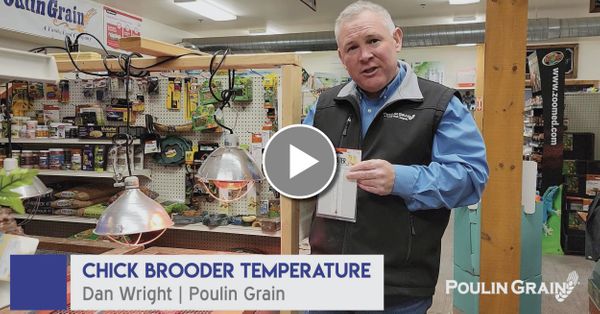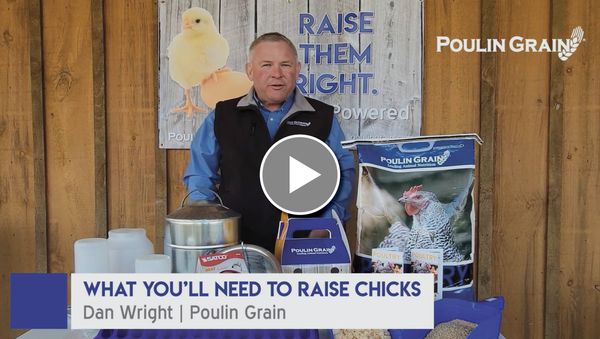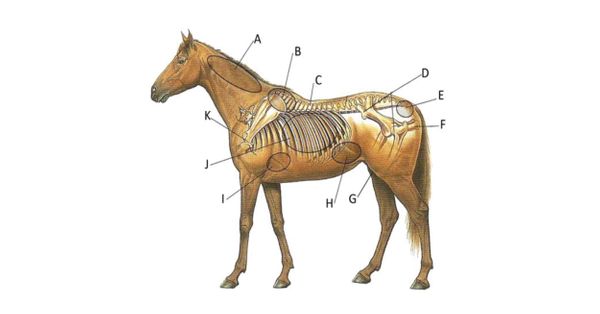Esophageal Obstruction, “Choke”
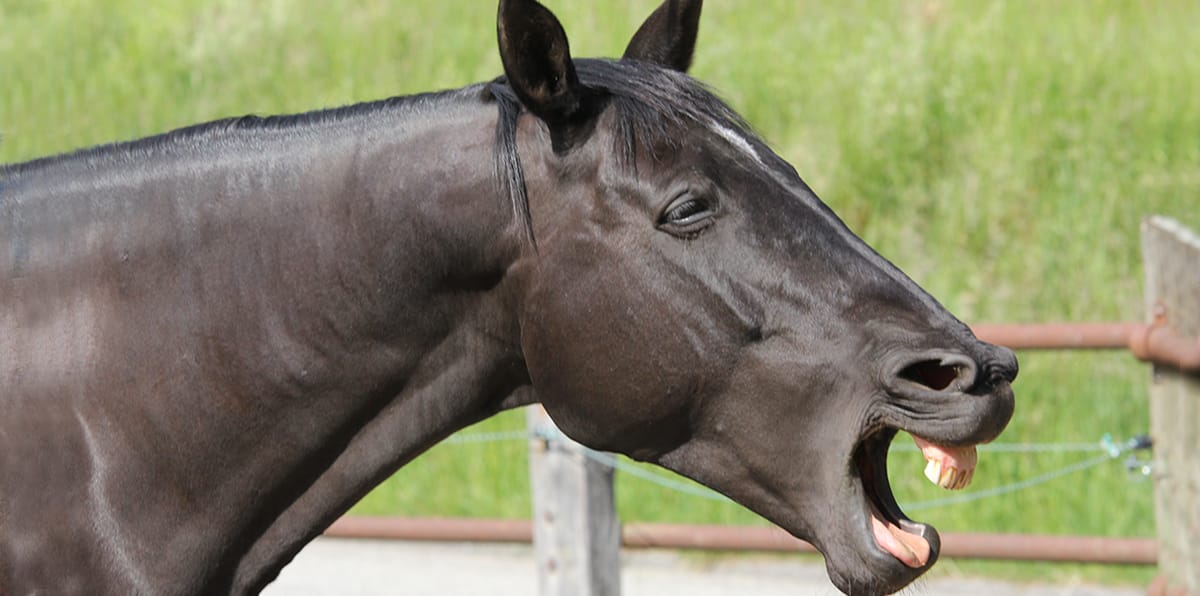
Have you ever been to a restaurant and choked on your food? This experience causes panic since you are unable to talk or breathe. Food has become trapped in your trachea (windpipe) preventing you from breathing. Lucky for you the burly gentleman that has been making eye contact with you all night, and possibly made you choke in the first place, is trained in the Heimlich maneuver and quickly dislodges the food. Choke in horses is different compared to choke in humans. Horses that choke do not have instantaneous breathing problems since the food is stuck in the esophagus, the tube that connects the mouth with the stomach, not the trachea. Therefore, choke in horses is not immediately life threatening. However, if the horse is not treated or the choke issue is not resolved, horses can die from not being able to eat or drink.
Causes of Choke
The cause of choke is esophageal obstruction; something is stuck in the esophagus. Typically the material that is blocking the esophagus is food or feed. Horses have been known to choke on any and all ingredients in the diet including forage (hay, pasture grass, hay pellets, hay cubes, beet pulp), grain (sweet feed, pelleted feed, extruded feed) and treats (apples, carrots). Horses have also been reported to choke on items that were not intended for consumption including paper, plastic, baling twine, bedding materials and my favorite a riding crop. The general rule for choking is that if a horse can put it into its mouth, they can choke on it.
The underlying cause of the choke is that feed material was not properly chewed (ground) prior to attempting to swallow. Failure to properly chew could be due to poor teeth or missing teeth. In this case, horses would certainly benefit from a dental exam to correct chewing problems. If a dental exam cannot correct the chewing problems because of missing teeth, the diet must be pelleted (ground into small particles) and soaked in water prior to feeding it to the horse.
Horses may also not properly chew due to rapid feed intake (bolting) or simply taking large mouthfuls of feed. To slow this aggressive feed intake, the feed should be placed in a shallow feeder that includes a salt block or LARGE flat rocks that slow the rate of intake. Both the salt block and the rocks need to be too large for a horse to swallow.
Another potential cause of choke, although much less common, is an esophageal defect or scar tissue associated with the esophagus. This makes the esophagus narrow orconstricted in damaged areas increasing the likelihood of a choking incidence. A veterinarian can determine if the esophagus is defective or if the esophagus has been scarred with an endoscopic exam.
Signs Your Horse Is Choking
There are several signs that help horse owners determine if a horse is choking. Horses that are choking will not be able to swallow food or water. They will frequently drool saliva or saliva mixed with feed. If horses attempt to drink, water will run out of the nostrils and the horse will cough. Horses will often extend their heads or necks repeatedly in an effort to swallow.
The horse may also give the appearance of yawning which is another sign the horse is trying to swallow. These frequent efforts to swallow can lead to aspiration pneumonia which is a serious complication of choking. Aspiration pneumonia occurs when food or liquid is inhaled into the lungs. The clinical signs of aspiration pneumonia typically do not occur until 24-48 hours after the choking incidence. Occasionally, the horse owner may be able to identify their horse is choking by seeing a lump on the left side of the horse's neck. The esophagus is situated on the left side of the neck and depending on the location of the blockage, may be visible.
If you suspect your horse is choking, you should call a veterinarian immediately. Horses that choke can easily become dehydrated and suffer from electrolyte imbalances. However, you should not let your horse attempt to eat or drink until a veterinarian has examined the horse. A veterinarian will confirm the horse is choking by conducting a physical exam and attempting to pass a tube from the nostril to the stomach. If the tube cannot be passed, this is an indication the horse has a blockage causing the horse to choke.
Treatment
The treatment protocol for a horse with an esophageal obstruction depends on the severity of the blockage. Conservative treatment consists of sedating the horse which serves to relax the horse. Once the horse is relaxed, the esophagus will dilate and often allow the horse to swallow and move the blockage. More aggressive treatment consists of sedating the horse and passing a nasogastric tube. Once the tube is in contact with the blockage, gentle pressure and flushing with warm water are utilized to move the blockage. In horses with severe blockages, surgery may be necessary to remove the blockage. Once the obstruction is passed, the horse usually undergoes an endoscopic exam to view the esophagus. The endoscopic exam allows the veterinarian to determine if the esophagus has been damaged, ulcerated or if the esophagus is abnormally constricted in the area of the blockage. This exam helps the veterinarian determine the follow-up care for the horse as well as determine if the horse will likely have future bouts with choke.
Prevention of Choke
The primary cause of choke is that feed material was not properly chewed (ground) prior to swallowing. Therefore, the most important method to avoid choke is proper dental care. Horses should have routine dental care, and any new horses in the barn should have a dental exam to ensure they will not be a victim of choke. The other main cause of choke is aggressive (rapid) intake of feed. To slow down the aggressive eater, feed should be provided in large, shallow feeders. This will help prevent horses from getting big mouthfuls of feed. Large stones or salt blocks can also be placed in the feeder to force horses to nibble around the stones to take in their feed slowly rather than taking large bits. Horses that are prone to aggressive intake should also be fed individually to avoid the competitive nature that horses experience in herd situations. Horses will often try to eat their feed very rapidly if they fear another horse may take it from them. It is also recommended to place feed tubs on the ground during feeding. This stimulates normal eating posture with the neck fully extended.
Finally, many of the new feeds on the market feature high fiber content. Feeds that are high in fiber have an increased capacity to absorb water. These feeds actually swell when they come in contact with water or saliva. To prevent these high fiber feeds from potentially causing choke, they should be soaked or wetted prior to offering to horses. Wetting feeds will not destroy their nutrient content and it is a great method to avoid a potential choke. In fact, wetting feed (either the hay or the grain) is a very practical means to prevent choke in horses that may be new to the barn. Finally, horses should always be fed hay and water at least 30 minutes prior to offering any grain type meal. This will allow a horse to partially fill up on hay before being fed grain. This will serve to slow down aggressive eating.
Contact your Poulin Grain Feed Specialist to test your hay quality and build a personalized diet for your horse.
www.PoulinGrain.com | 800.334.6731

